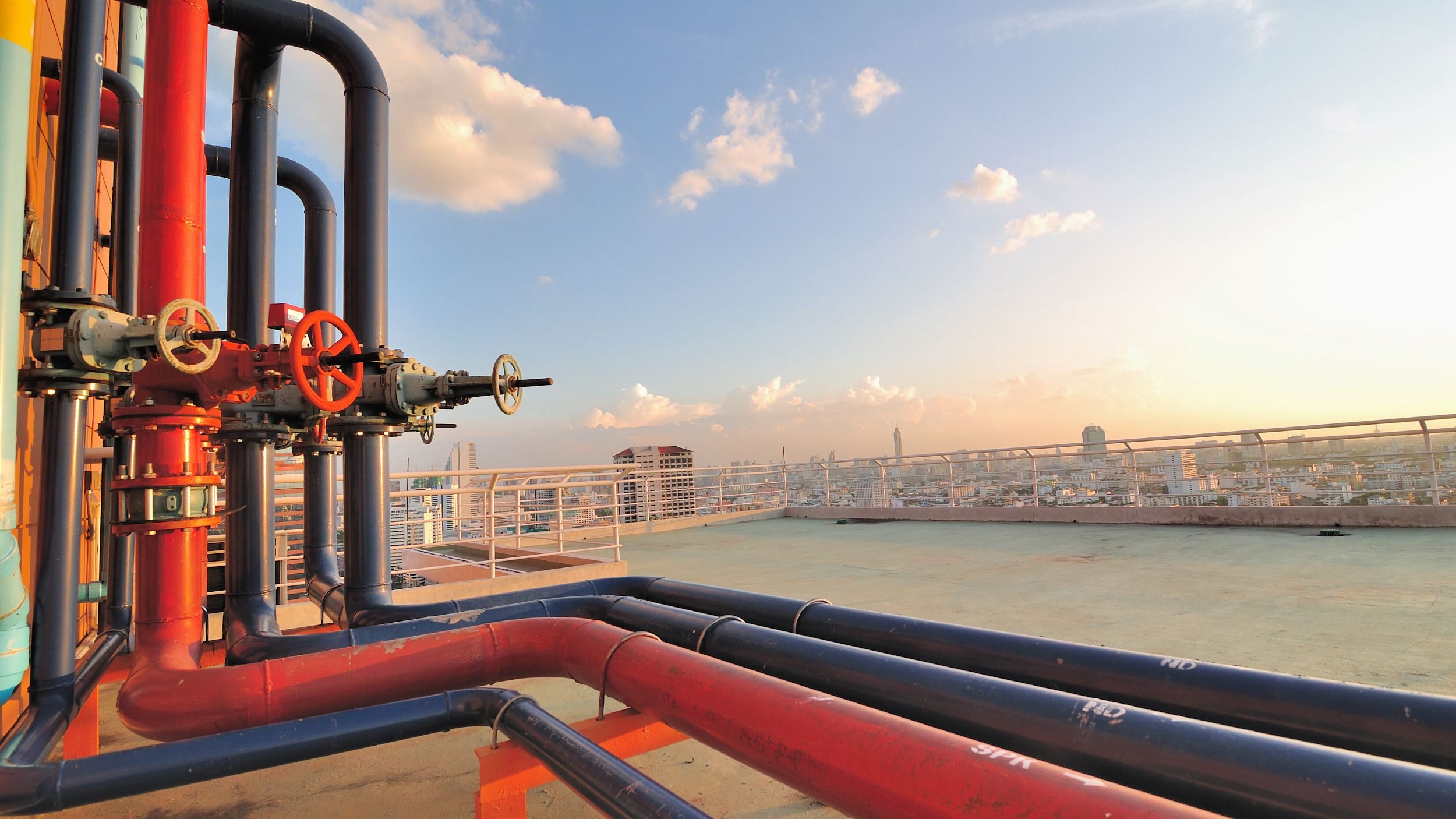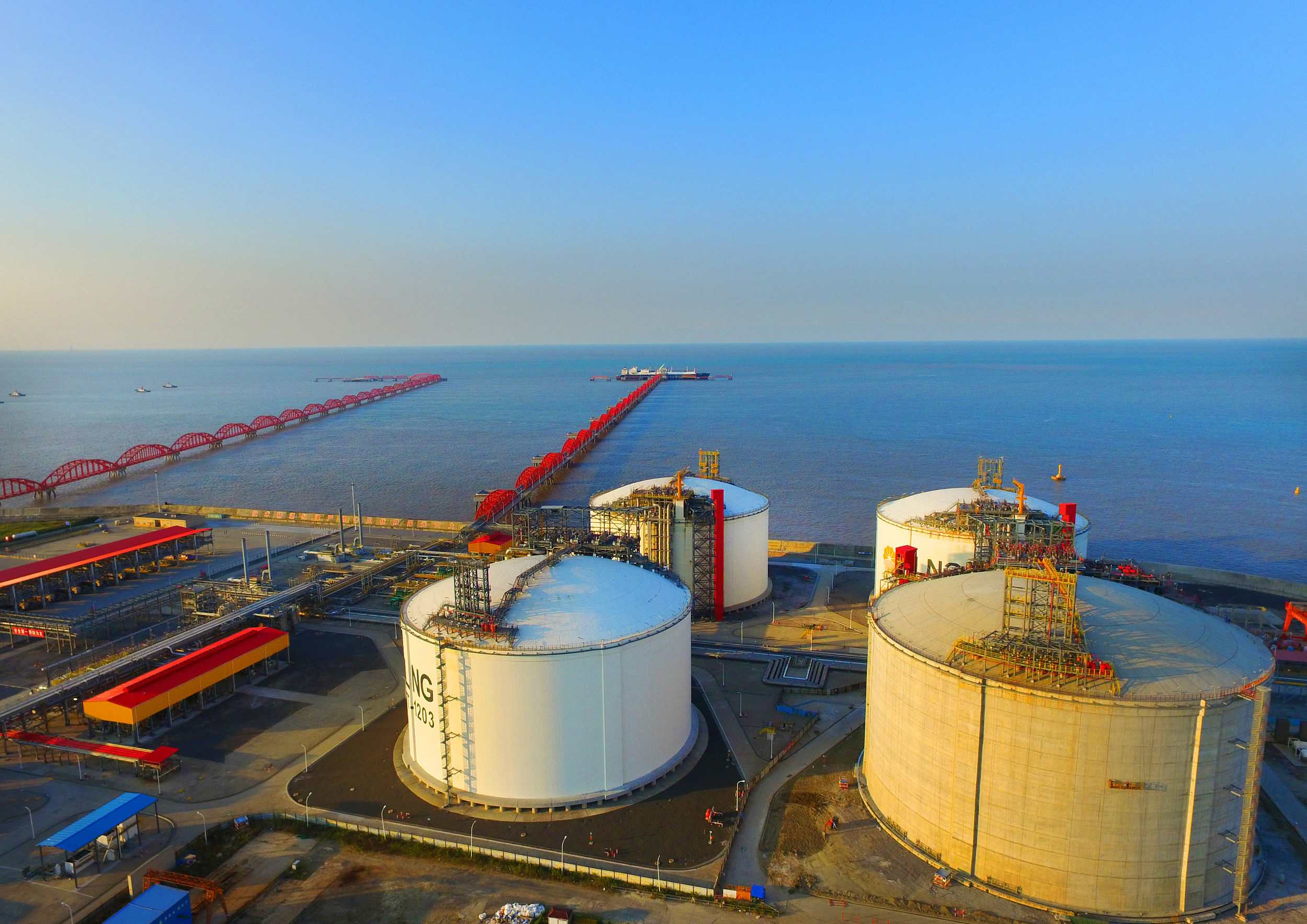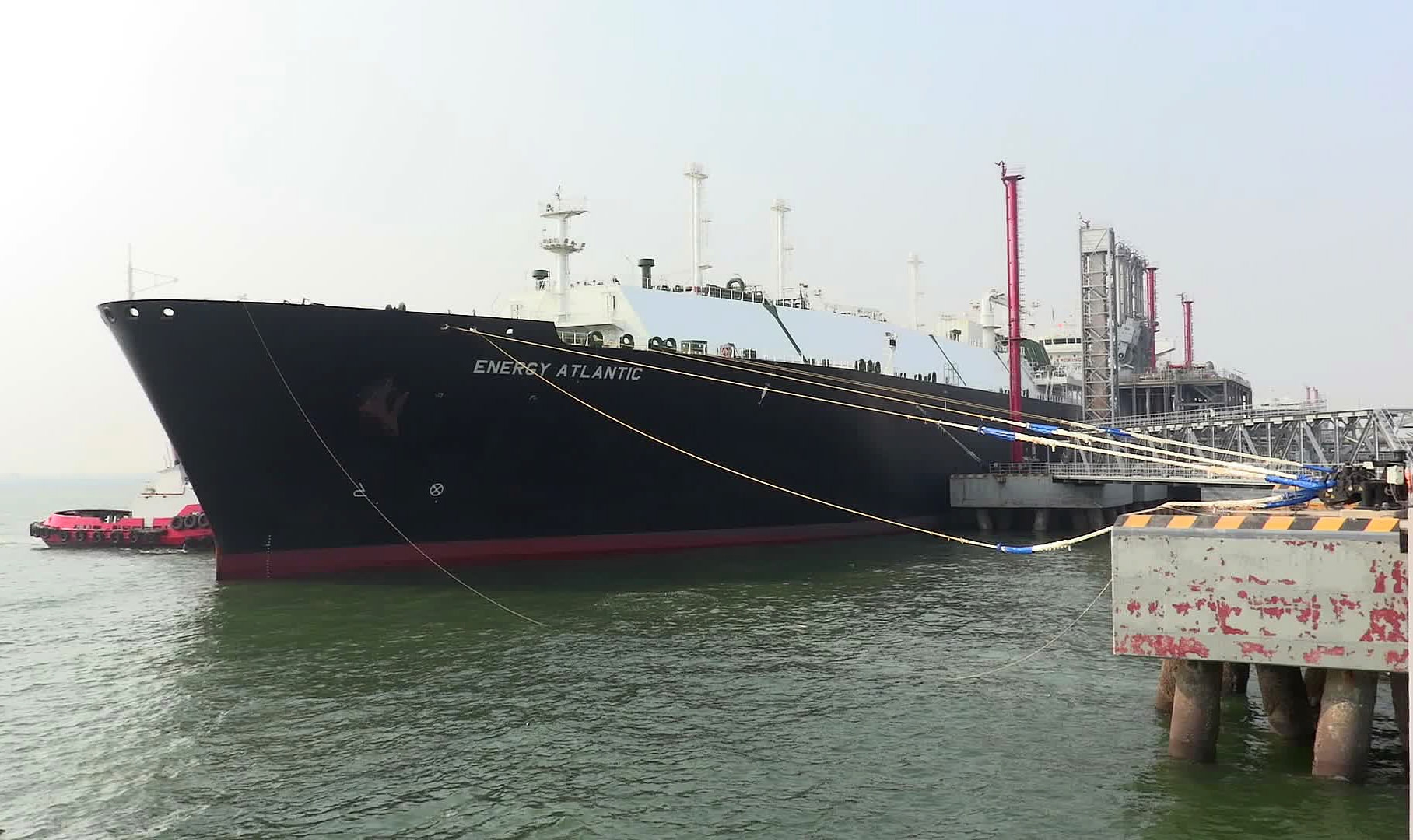
Business
18:03, 08-Dec-2017
China's move from coal to gas: What you need to know
CGTN's Nicholas Moore

On Thursday, China’s Ministry of Commerce announced that imports of liquefied natural gas (LNG) would be increased to meet high levels of demand, after several areas of northern China were left facing energy shortages amid plummeting temperatures.
Central authorities also issued an urgent notice on Thursday, allowing residents without electric or gas heating equipment to resume burning coal. The turn-around on coal use comes after ambitious measures to combat pollution in northern China.
What is China’s coal-to-gas initiative?
In 2016, coal accounted for 62 percent of energy production, according to the National Bureau of Statistics, down from 70 percent five years before. The 13th Five Year Plan saw authorities set ambitious targets of reducing coal use to 55 percent by 2020, while raising the use of non-fossil fuels to 15 percent by 2020, and to 30 percent by 2030.
LNG is set to play a major role in the shift away from fossil fuels, with China investing heavily in pipelines, tankers and gas storage facilities. The National Development and Reform Commission (NDRC) announced earlier this year an ambitious target of 104,000 kilometers of pipelines by 2020 – up from 64,000 kilometers in 2015.

With infrastructure still under development, Beijing has been forced to look overseas for LNG supplies – by the end of October, year-to-date imports of gas had increased by 48 percent compared with the same period in 2016.
What has it meant for people in northern China?
In an area where pollution could shave as many as three years from average life expectancies, northern China’s move away from coal is very welcome in terms of health. Earlier last month, Xinhua reported that 149,000 homes in Hebei Province had converted to electric heating, while Beijing has already removed more than 30,000 coal-fired boilers.

An LNG processing plant at Yangkou Port, Jiangsu Province. /VCG Photo
An LNG processing plant at Yangkou Port, Jiangsu Province. /VCG Photo
However, authorities have struggled to ensure supply of gas has met demand, while certain areas have been left shivering in limbo – coal has been banned but heat provided by LNG or other sources has failed to reach many people.
Reports of schoolchildren forced to study outside and unheated hospitals struggling in below-zero temperatures were factors behind the decision to revert to coal use. Xinhua cited Education Ministry spokesperson Xu Mei as saying “the children’s [suffering] has indeed hurt our hearts badly” on Wednesday.
For those who are connected to the LNG supply, soaring prices based on the rapid growth of demand have forced authorities to reassure people that gas will be subsidized to ensure it remains at a sustainable and affordable price.
According to Xinhua, since November 15, LNG prices have increased by 200 to 300 yuan (30-45 US dollars) on average per day. On December 1, the figure in some LNG plants even rose to a record high of 9,000 yuan (1,360 US dollars) a ton.
What does it mean for the rest of the world?
For Japan and South Korea – the first and second largest importers of LNG in the world respectively – China’s growing demand means hefty price hikes. On Thursday, Asian LNG prices broke 10 US dollars to finish at a three-year-high, with Reuters reporting that China is on course to overtake South Korea as the world’s second largest LNG importer.
In the US, increased Chinese demand will be warmly welcomed. After a boom in shale gas, the US Energy Department estimates that LNG production will quadruple by 2019, and that the country will be the second biggest exporter of natural gas by 2022, behind Australia.

A US LNG tanker arrives in northeast China's Tianjin, November 2017. /VCG Photo
A US LNG tanker arrives in northeast China's Tianjin, November 2017. /VCG Photo
One of the biggest deals resulting from US President Donald Trump’s visit to Beijing in November was a 43 billion US dollar agreement with Sinopec on a natural gas pipeline in Alaska, which would bring supplies to a processing plant on the coast, making them ready for export overseas.

SITEMAP
Copyright © 2018 CGTN. Beijing ICP prepared NO.16065310-3
Copyright © 2018 CGTN. Beijing ICP prepared NO.16065310-3